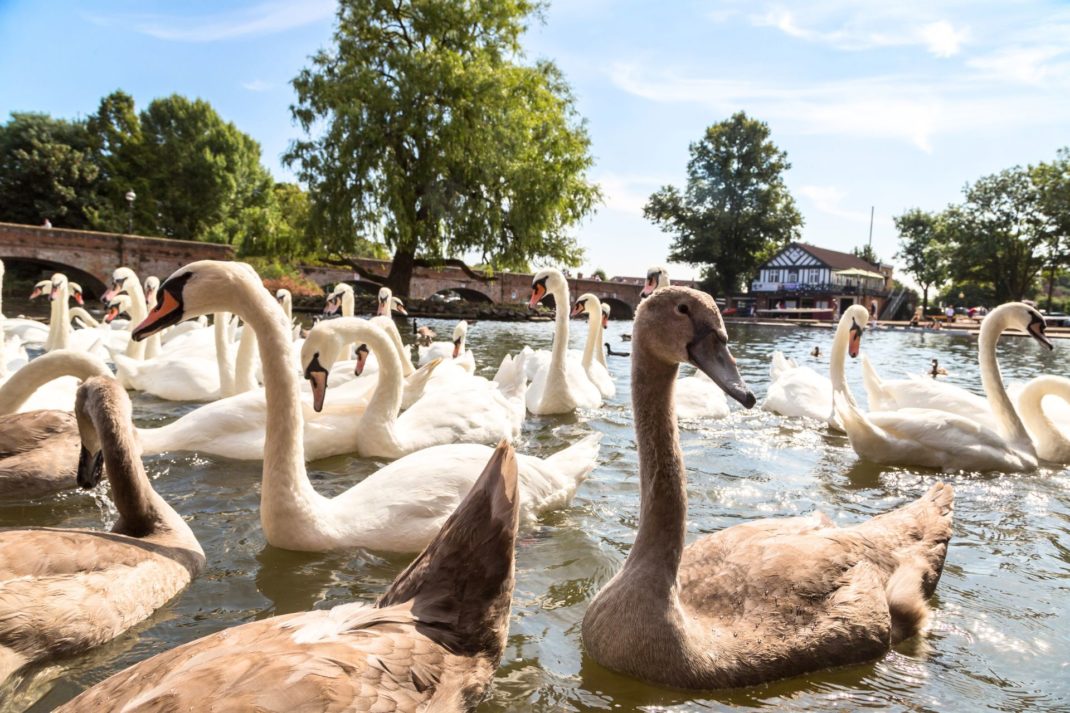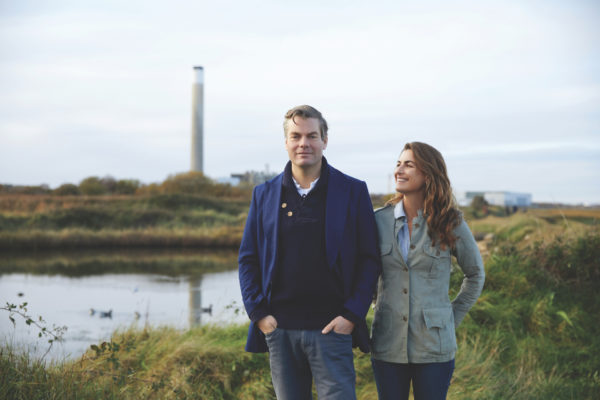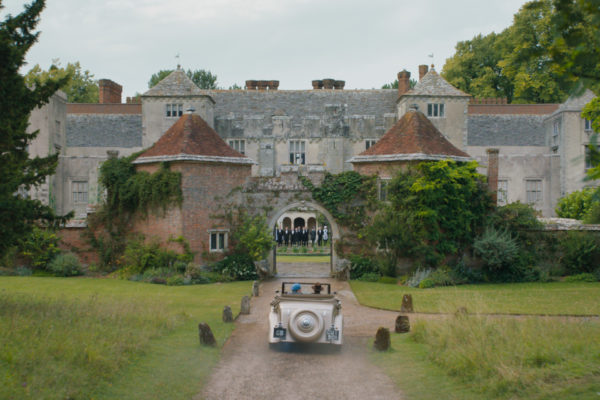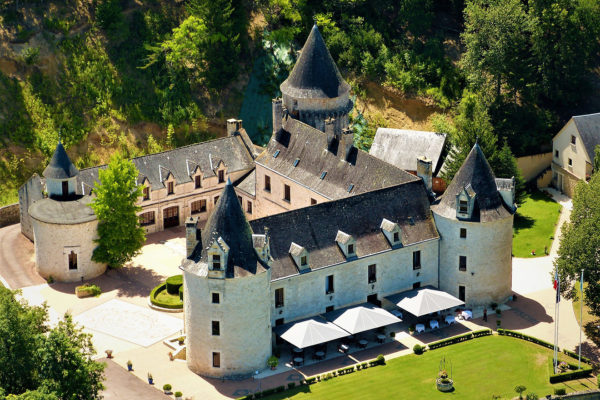What Is It Really Like To Own a Castle?
By
2 years ago
Life as queens of the castle
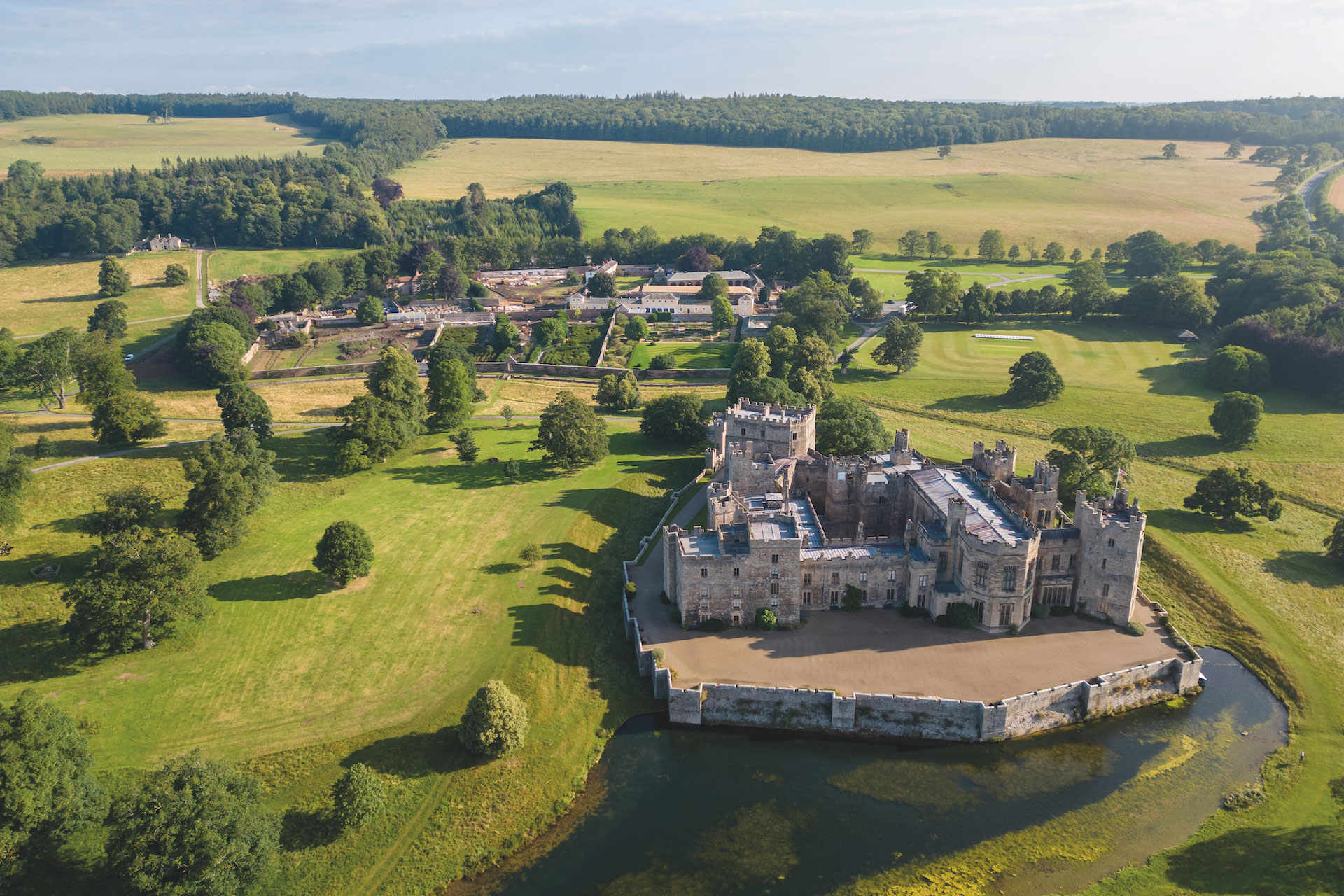
Ever wondered what it’s really like to own a castle or manor house? Meet three women protecting the past and providing a future for some of Britain’s most historic houses – and no, it’s not all banquets and balls.
Three Women on What It’s Like to Own a Castle or Historic House
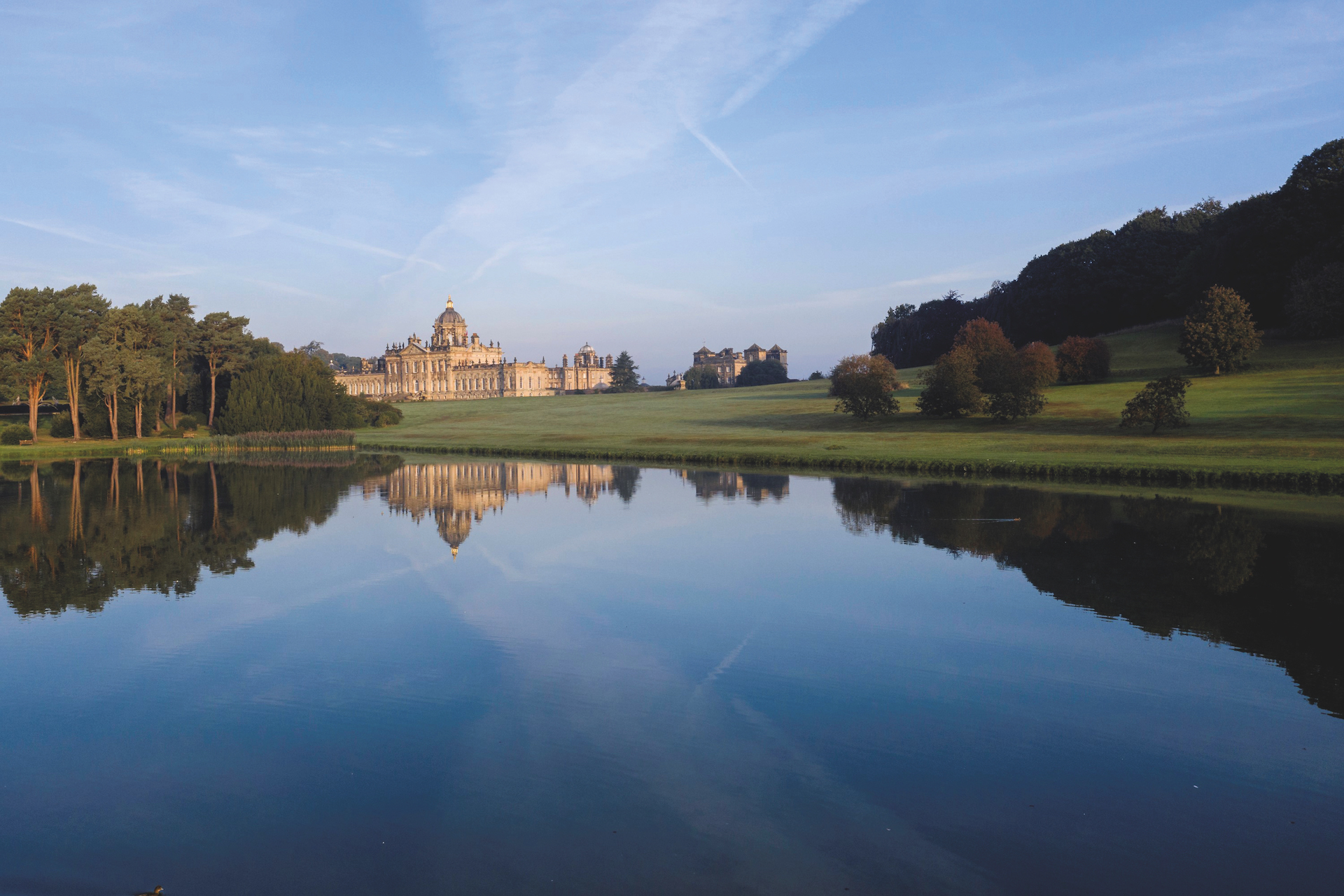
Castle Howard. Photo by Nick Howard
Would you believe that there are over 4,000 castles in the UK, and around 3,000 stately homes? Britain’s history is very much written in their stones, with these buildings bearing witness to nation-shaping events over hundreds of years.
And the people tasked to look after these castles and manors, and their surrounding estates over the centuries? More often than not, women were tasked with keeping the show on the road, while their menfolk fought in wars, spoke in parliament, or gallivanted around the clubs of St James.
It might be easier for people of both sexes to come and go nowadays, but as the Duchess of Rutland recently pointed out in a piece for the Daily Mail about her podcast, Duchess, it’s still common for women to take on the role of chatelaine to historic houses – a job made all the more difficult by the wearing realities of life in 2023: the energy and cost of living crises; the staffing shortage; Brexit.
‘When I married my husband in 2016, I always say I married Iford as well,’ laughs Marianne Cartwright-Hignett, who took charge of Iford Manor in Wiltshire alongside her husband William after they married in 2016. The Grade II*-listed house with its Grade I-listed gardens dates back to the Domesday Book, but was actually bought by William’s mother in 1965, when she had to downsize from her family seat, Aynhoe Park, after tragedy struck. ‘She restored the house, saved the gardens, which were thought lost, and she’s the reason we are where we are today,’ recounts Marianne.
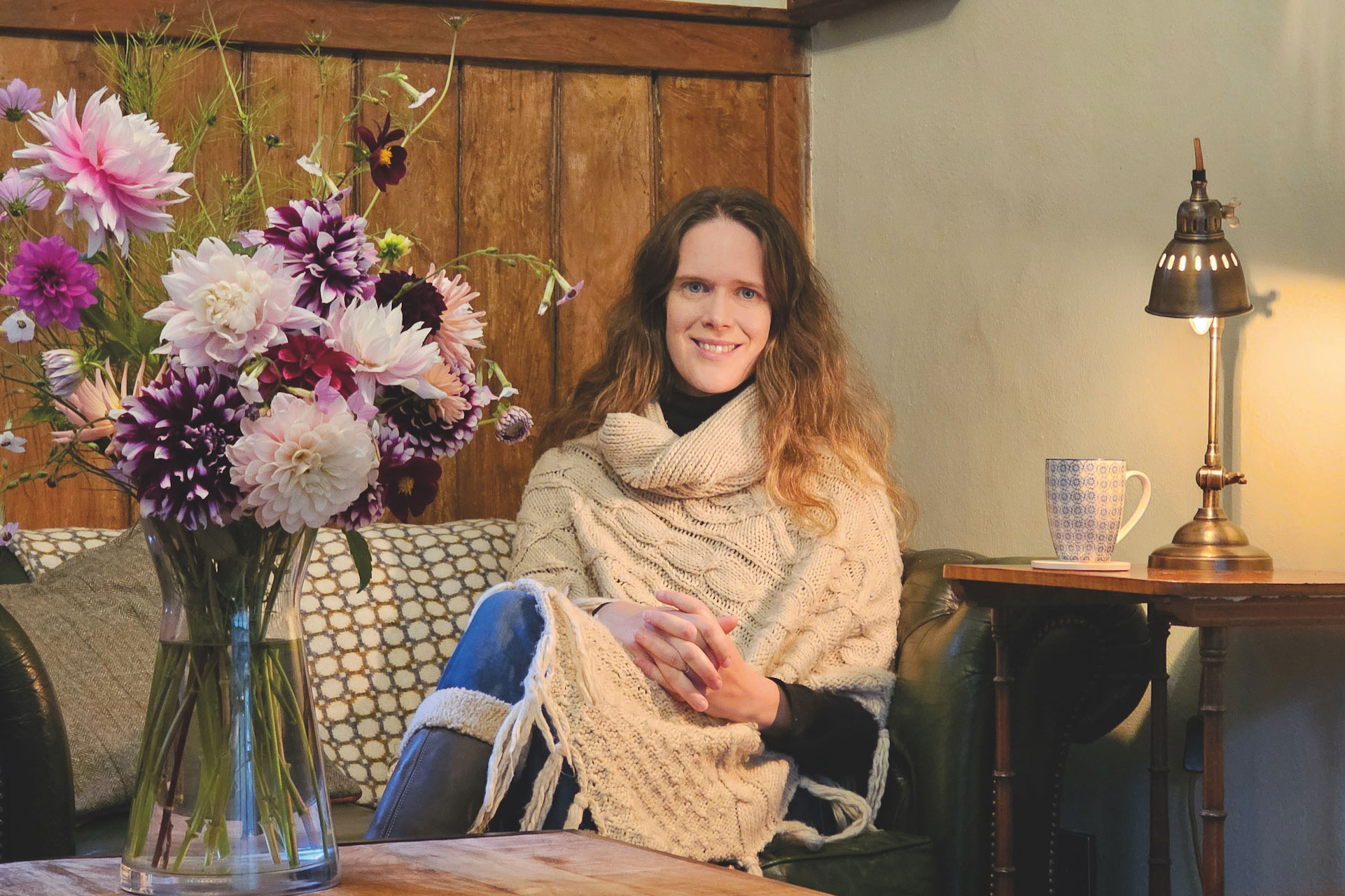
Marianne Cartwright Hignett of Iford Manor
But despite the family history, Marianne is clear: ‘You have to run these places as businesses these days.’ Her background working in the City, in private equity, was a good grounding for taking on the role of chatelaine of Iford. ‘Between my husband and I, we are very fortunate to have a good skill set, and we’ve been developing a business that I’m really enjoying.’ This includes open gardens, a restaurant and cafe, a successful annual jazz festival, and an 1,000 acre estate, along with hydro-electric and solar power projects. ‘Our goal is to produce more energy than we use,’ confirms Marianne.
Of her role, she says: ‘High level it’s the marketing, the strategy, the finance, the management of our teams. And at the heart of it we’ve got two little boys, currently one and four, and our family home.’
Another historic house with a high-flying chatelaine – although she wouldn’t use that word herself – is Castle Howard in North Yorkshire, helmed by Victoria Howard, the former CEO of HarperCollins. ‘I am the executive chairman,’ she explains, ‘which means that I run the business day to day along with my husband [Nick Howard].’
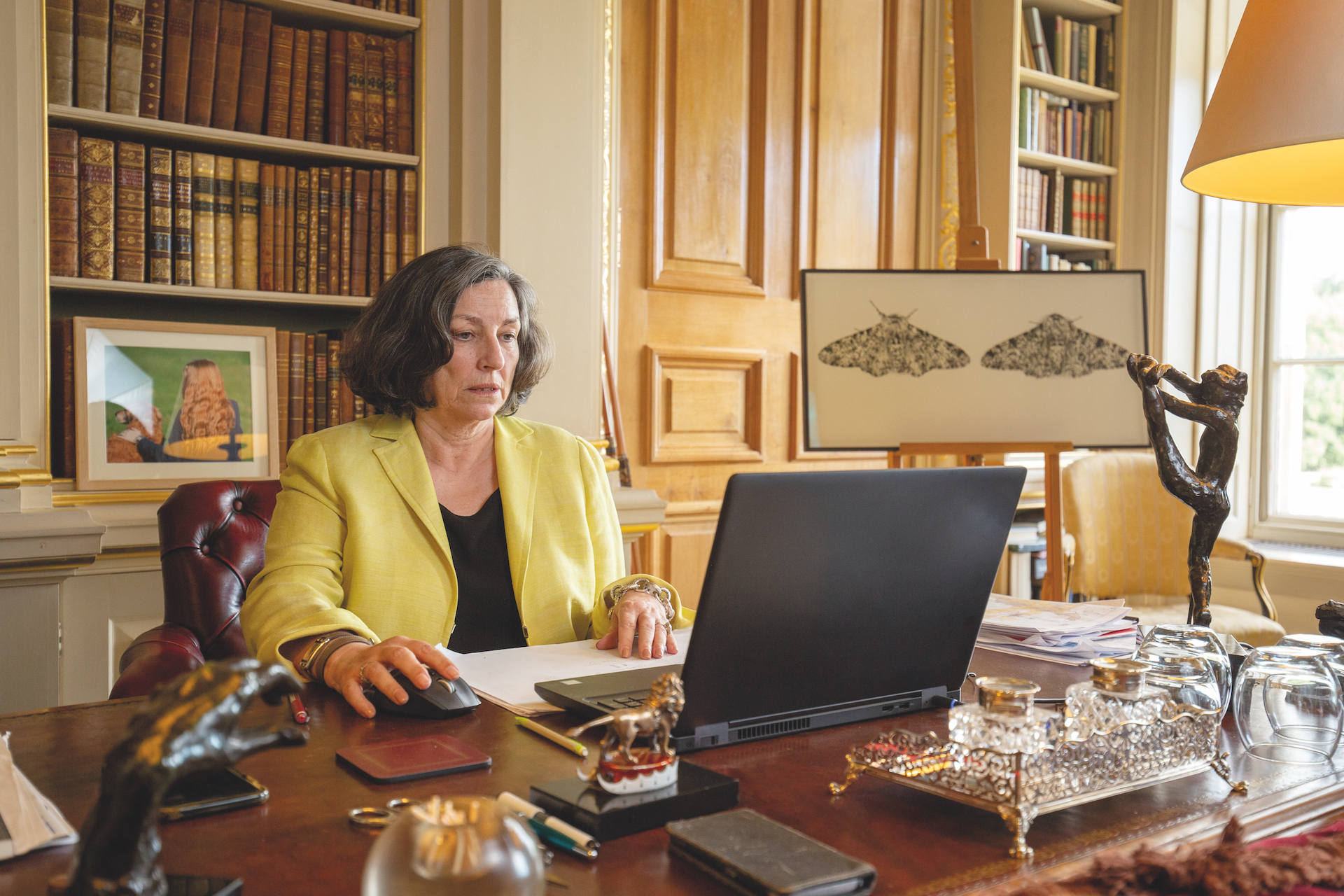
Victoria Howard of Castle Howard. Photo by Adam Webster
Compared to her former job, Castle Howard (a vast Baroque masterpiece that dates back to 1699) is a much smaller operation – but that doesn’t mean it’s been an easy ride. ‘If I’m absolutely honest, it’s been a lot more difficult than I thought it would be,’ says Victoria. ‘They [historic houses] are very strange businesses in a way, because they’re businesses by default; they are these fantastic places that need restoring and preserving.’
She continues: ‘We’re in a whole range of different sectors: tourism, farming, property, hospitality. And all of these require different skills and different things to make them work, and that’s quite a challenge, actually. So I find myself wearing different hats – one day I’m talking about farming and the next day about hospitality.’
Victoria and Nick never expected to take on Castle Howard but for unforeseen family reasons it landed in their laps. ‘It’s not the life I imagined I’d be leading,’ she says. ‘Having spent my entire career in the world of media, my friends are all absolutely shocked that I’m going around in my green wellies as a farmer. But it’s fun.’
Another chatelaine running her home as a business is Lady Barnard, who took charge of medieval Raby Castle in County Durham with her husband Harry in 2015.

Raby Castle
‘Some days, when I walk through the portcullis I can imagine how glamorous it must have been to arrive in a carriage and descend into the entrance hall with a pair of roaring fires and the staff ready to greet you,’ she says.
However, of the reality of her experience as chatelaine so far, she says, ‘it has been a baptism of fire. I have loved it and there are so many different aspects to the job. One minute I’m discussing porcelain restoration, the next minute I’m on a building site or meeting visitors. I’m fascinated by architecture and the stories of how buildings or rooms came to look as they do, so working on restoration either at the castle or on the wider estate is a joy.’
There is a long history of female caretakers at Raby Castle. ‘The women at Raby have had to be brave,’ recounts Lady Barnard. ‘The castle has its own strength so the lady of the house must work with it.
‘There have been wealthy brides such as Joan Beaufort, Countess of Westmorland and half-sister to Henry IV. I’m grateful to Catherine Vane, wife of the 4th Duke of Cleveland who wrote a comprehensive book about the castle around 1870, a great insight on how to live here and its contents – it’s a great help today.’
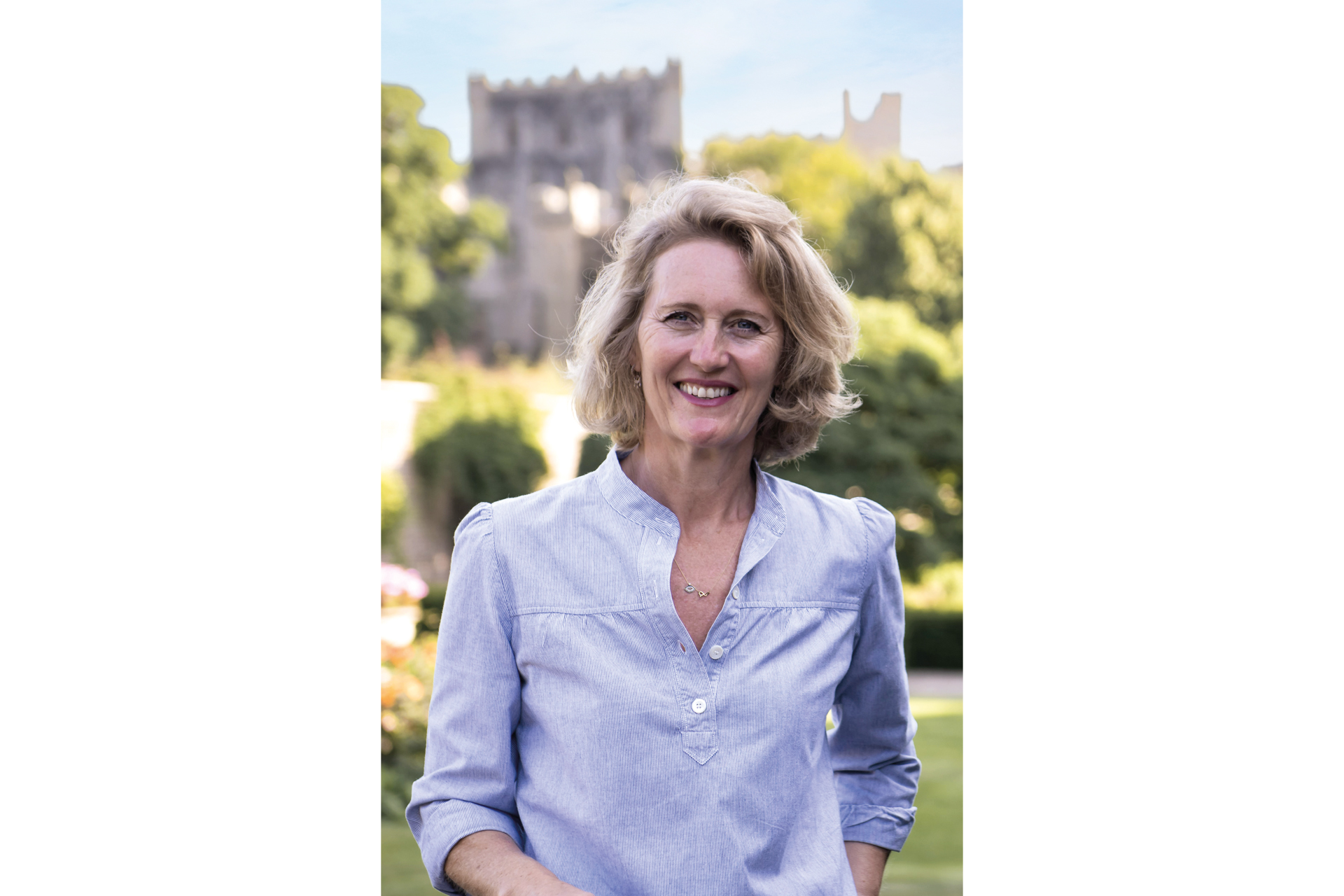
Lady Barnard
One thing Catherine Vane didn’t have to deal with, however, was the multiple crises unique to 2023, which especially impact historic houses: the lasting effects of the pandemic; staffing; cost of living; and energy bills.
‘Like everyone else, we are having to be canny, watch every penny and give the best value for money,’ says Lady Barnard.
‘Being a business that was very heavily reliant on tourism, it was obviously devastating to us,’ says Victoria of the pandemic’s impact on Castle Howard. ‘We’ve lost four years really.’ In their rural location, they’ve found it especially difficult to recruit enough staff; York is 15 miles away, and public transport links are poor. ‘But we manage and, hopefully, it’s a nice place to work. We try to make sure our staff are looked after as best we can. It’s very much a people business – we are only as good as our staff.’
Marianne has also struggled to recruit staff for Iford’s restaurant and cafe. ‘Our main thing is to try to always put our employees first, and we always try to make sure that we can give people job security, and we have built up our reserves so we can do that. And we also want to ensure that we’re here for the community to continue visiting.’
Similarly, ‘the cost of energy for these places is huge,’ she points out; they’re currently putting in more solar panels to counteract this.
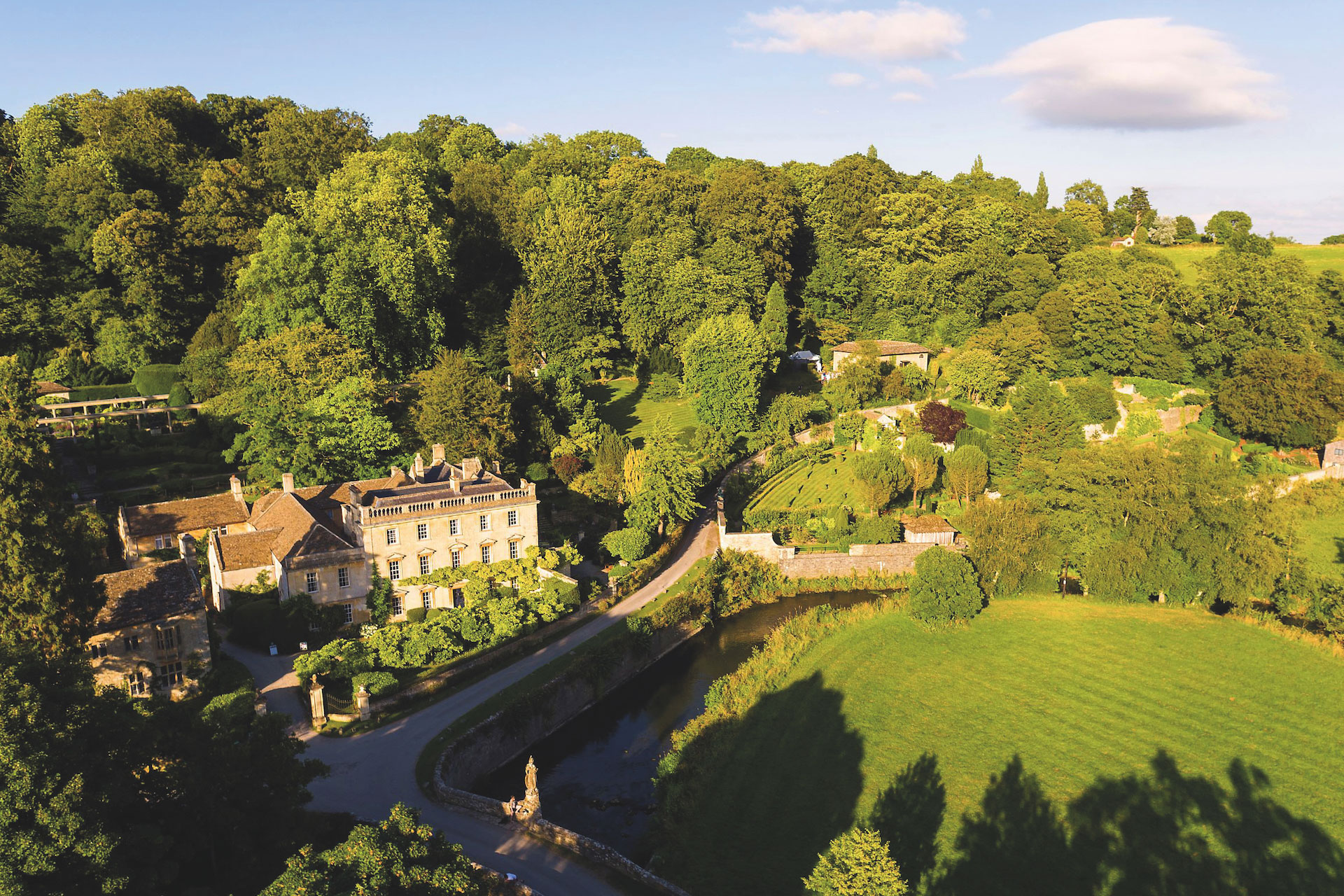
Iford Manor. Photo by Simon Knight
All three chatelaines agree on one point, though: that taking charge of these historic homes isn’t as glamorous as people think.
‘I think you have the highs and the lows but when the toilets get clogged, I’m the one unblocking them,’ laughs Marianne. ‘There’s probably a bit of Cinderella to it – but before she married the prince.’
‘I think most people have this idea of Upstairs, Downstairs and loads of butlers running around,’ says Victoria. ‘And it’s absolutely not. Occasionally we put on black tie dinners and get the silver out, but that’s usually for a business purpose.’
Lady Barnard agrees: ‘It’s not so glamorous when I’m in a boiler suit cleaning out a cupboard that hasn’t been touched for 200 years or in a hard hat and high vis on a muddy building site, but I think I’m happier doing the latter. Maybe I should get some crystal studs for my hard hat.’
But, despite the long days and the knotty business issues, all three women wouldn’t change their roles as chatelaines looking after some of Britain’s most historic homes.
‘I think it’s a lifestyle, you have to embrace it,’ sums up Marianne. ‘There are definitely times when it’s hard, it’s a huge responsibility.’

